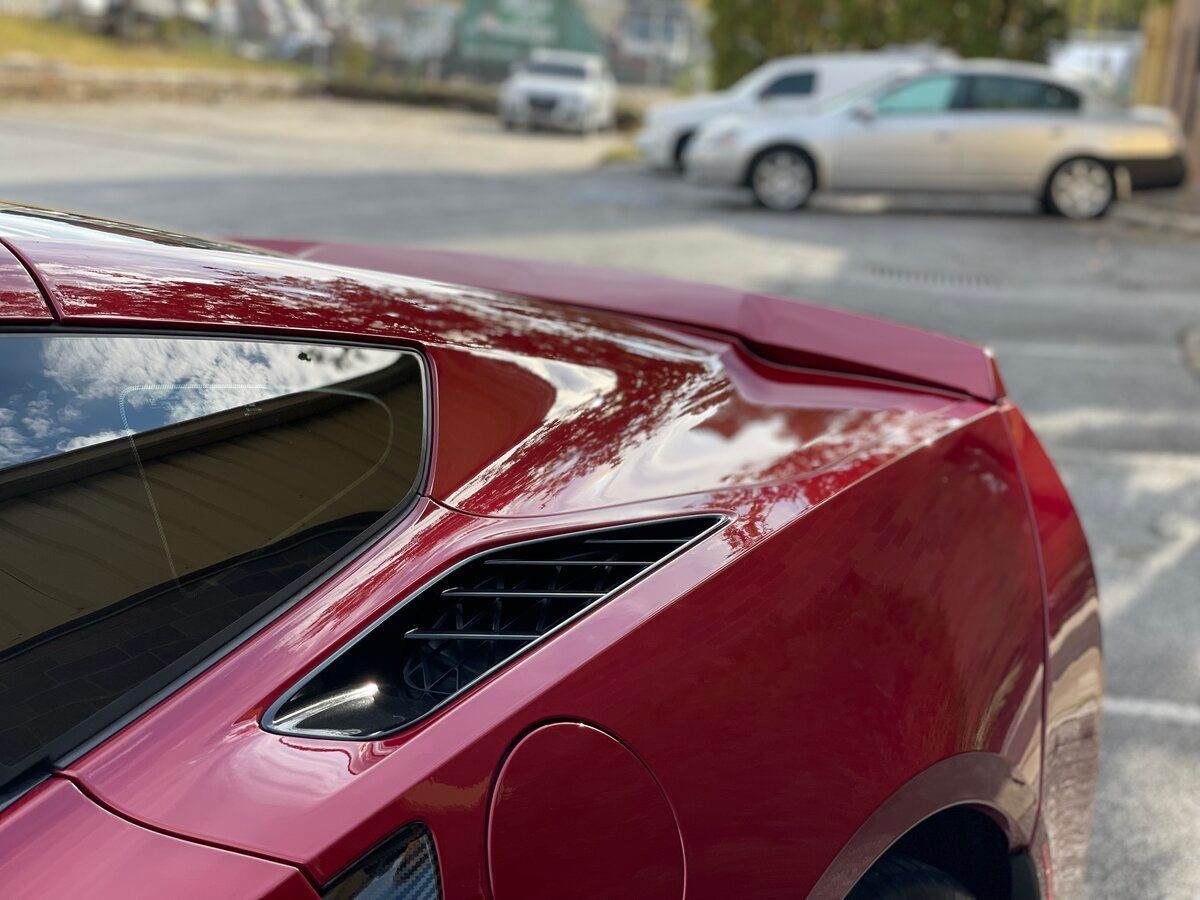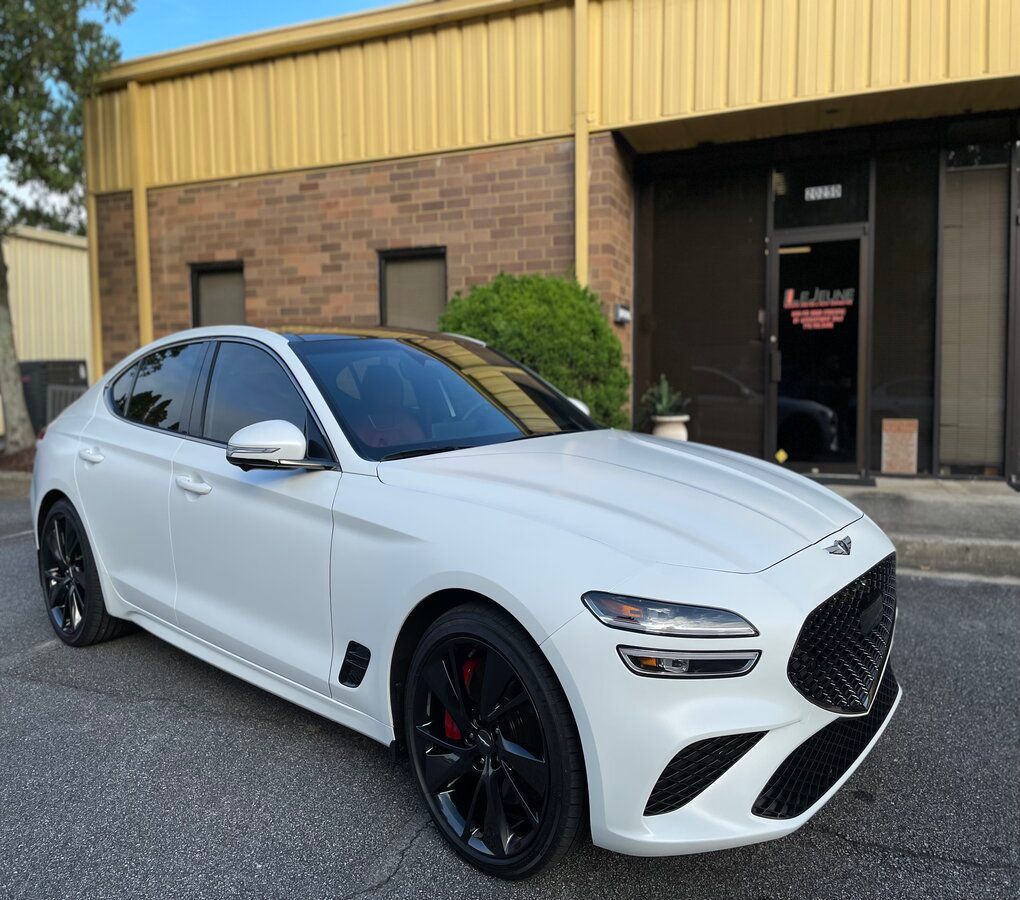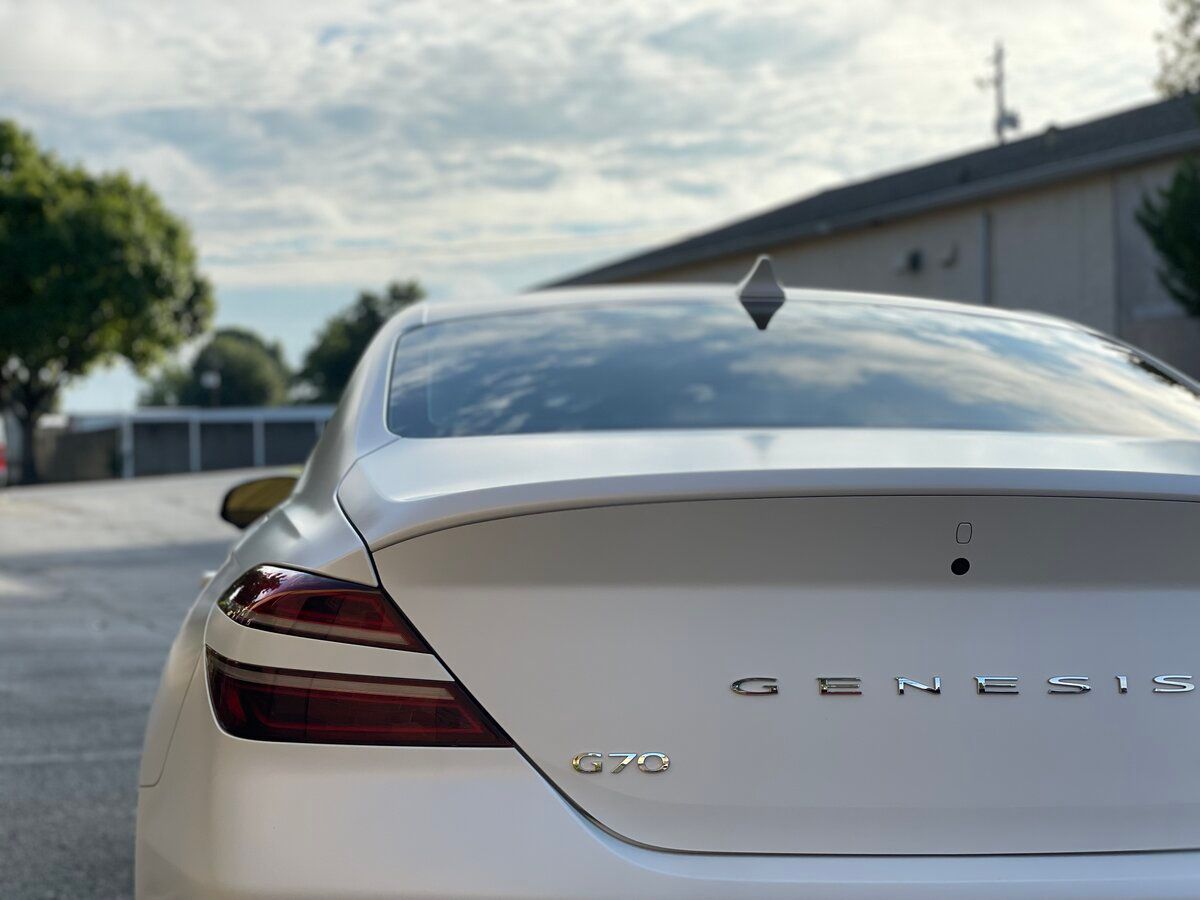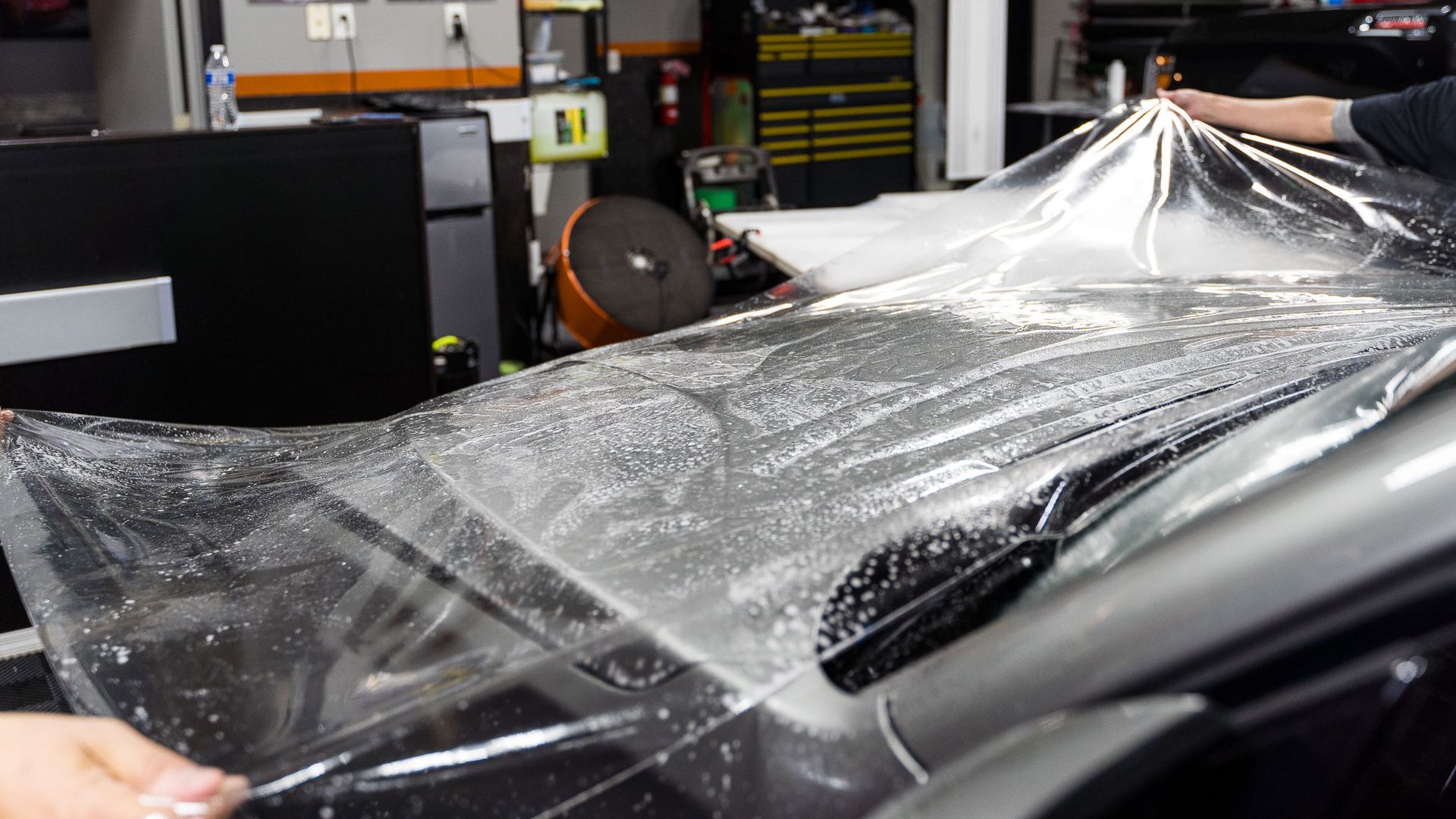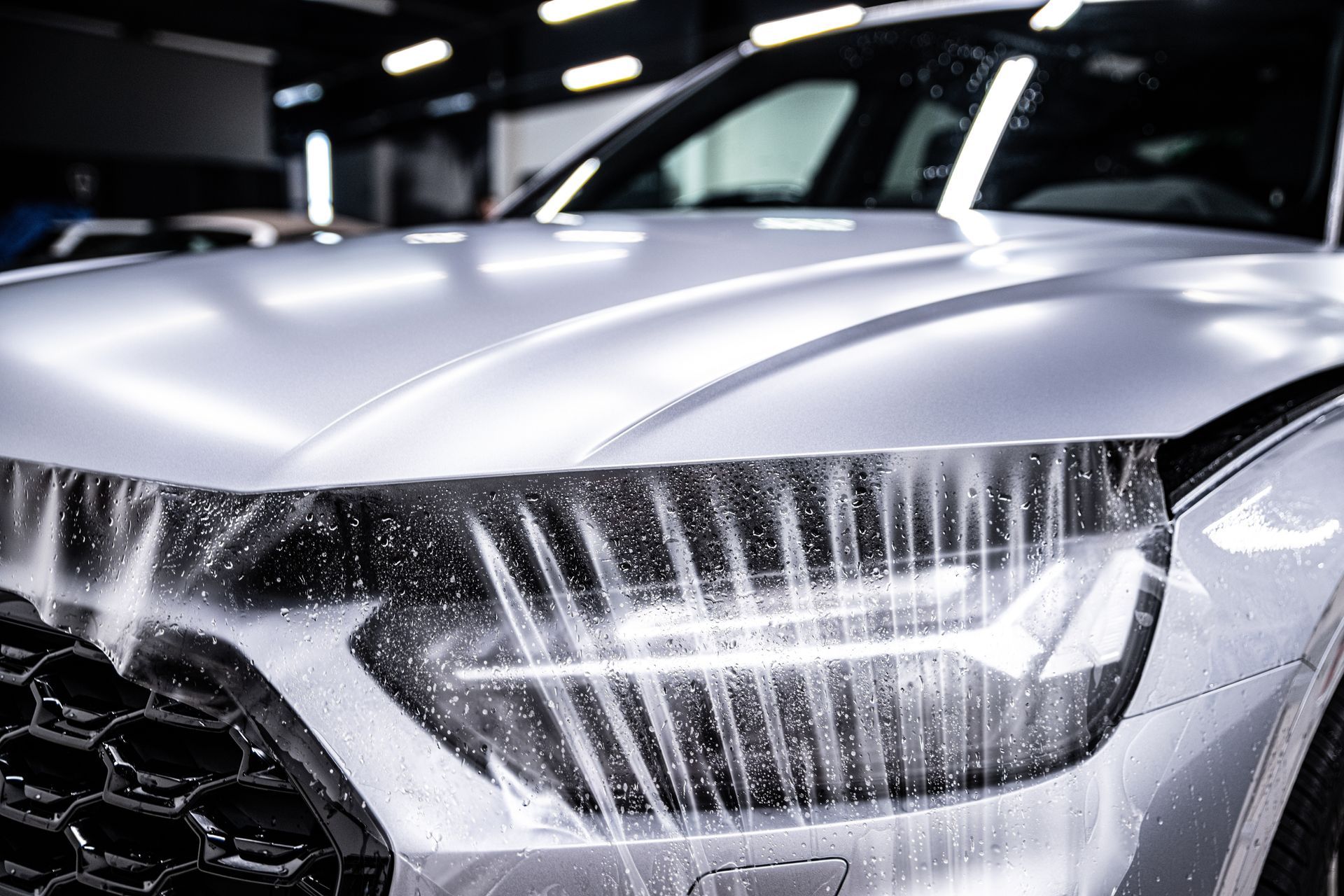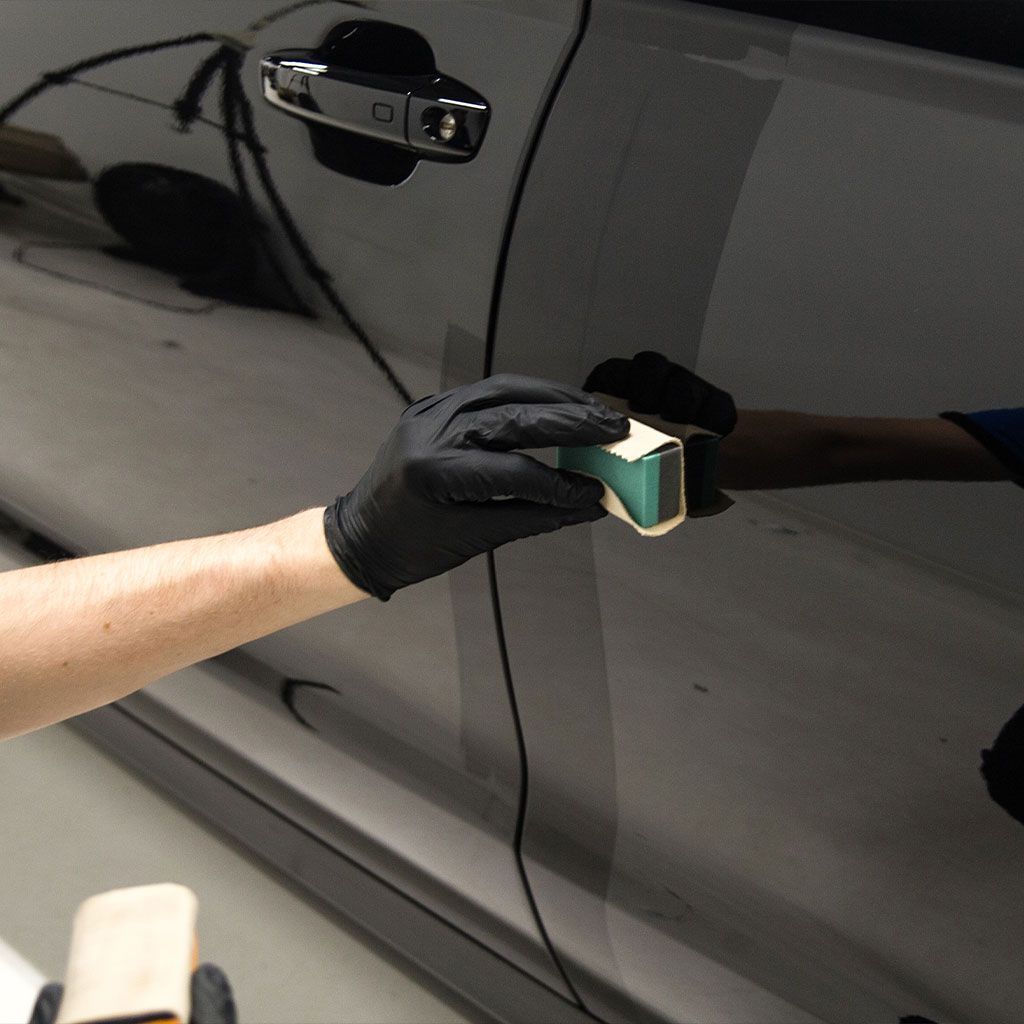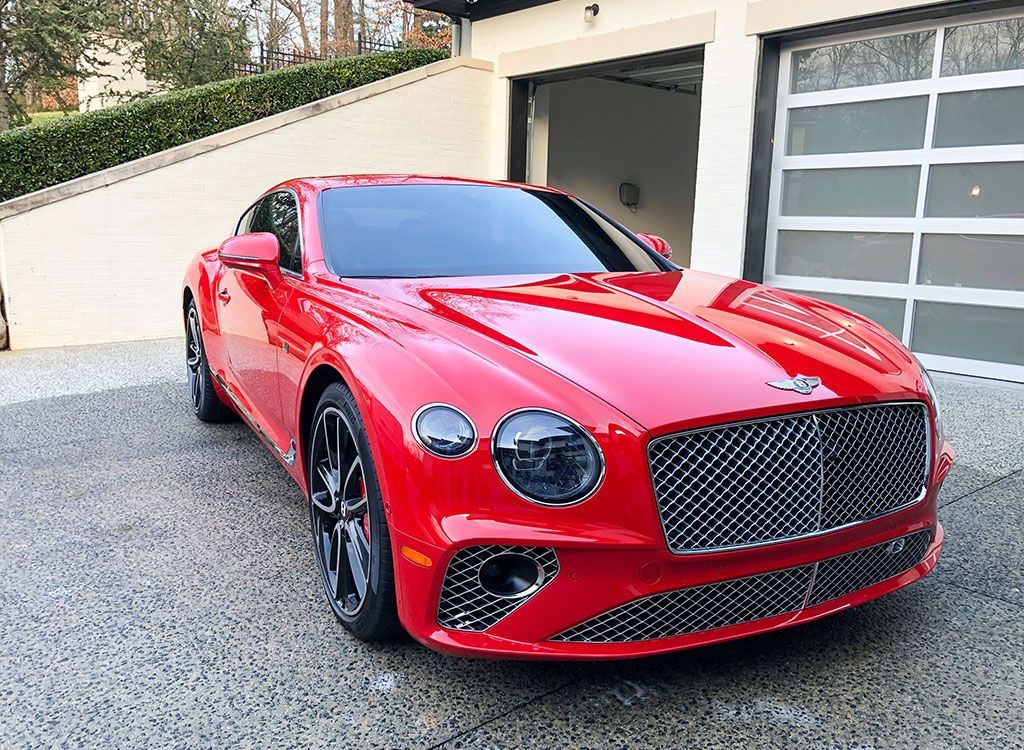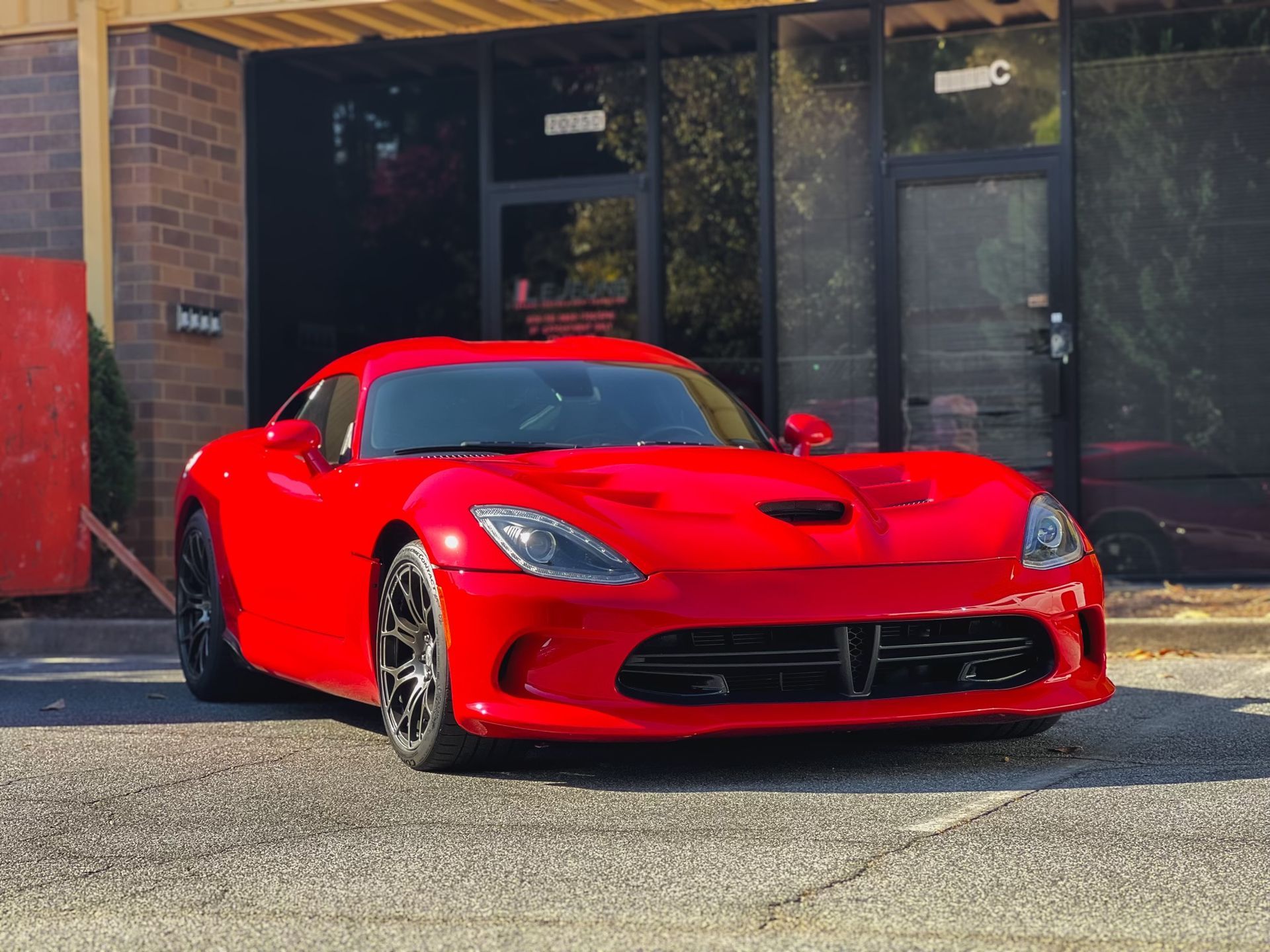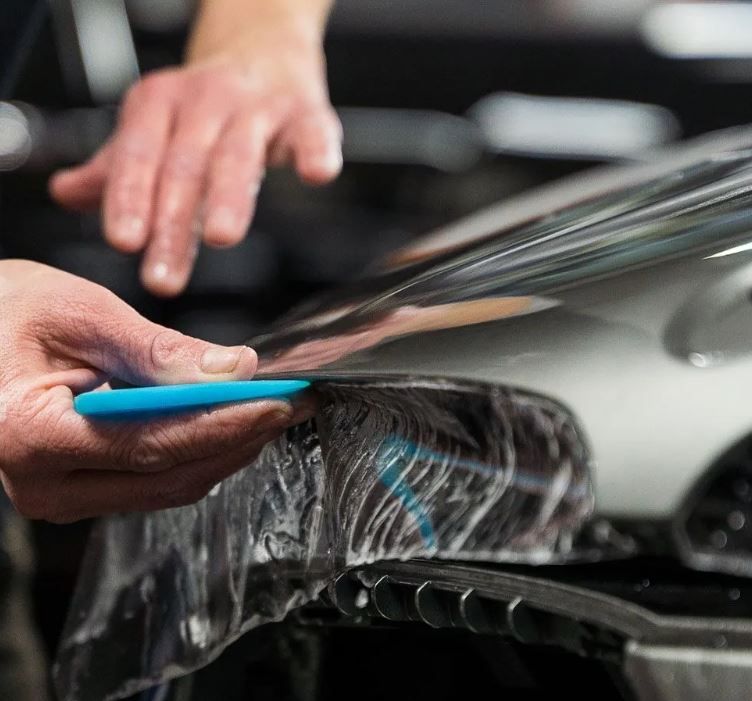Unraveling the Aesthetic Advantages of Ceramic Coating
GET A QUOTECALL (770) 722-3486
In the ever-evolving world of automotive care, enthusiasts and professionals alike are constantly seeking innovative solutions to preserve and enhance the aesthetic appeal of their vehicles. One such solution that has been gaining widespread acclaim in recent years is ceramic coating. Beyond its protective properties, ceramic coating offers a myriad of aesthetic advantages that elevate the appearance of any vehicle to new heights.
What Is Ceramic Coating for Cars?
Ceramic coating is like an invisible suit of armor for your car. It's a liquid polymer that's applied to the exterior surfaces of your vehicle. This brilliant invention uses nanotechnology to form a strong, chemically bonded shield that acts as a protective barrier against various environmental elements, such as harsh UV rays from the sun, oxidation, or relentless bird droppings that can damage your car's paintwork.
Protecting your car's paint is just one part of its job—ceramic coating also keeps your car shining bright like new for longer periods. This protective layer has hydrophobic properties, meaning it repels water and prevents contaminants from sticking to the surface. Ever noticed how water beads up on a freshly waxed car? Well, with ceramic coating, it's like that, but even better!
When it comes time for maintenance, the hydrophobic properties make cleaning a breeze. Dirt and grime slide right off, making regular cleaning routines much easier and less time-consuming. The shine it imparts to your vehicle is nothing short of breathtaking—the color depth is intensified, and the gloss becomes almost mesmerizing. Given all of these fantastic qualities, it is understandable why car enthusiasts all over the world are becoming more interested in ceramic coatings.
That's the essence of ceramic coating for cars—providing a sleek and glossy finish that enhances the aesthetic appeal of any vehicle. Not only does ceramic coating offer excellent protection against scratches and UV damage, but its hydrophobic properties also ensure that water and dirt slide off effortlessly, keeping the car looking and providing an invisible yet robust protective shield that not only defends your vehicle against environmental hazards but also enhances its aesthetic appeal. But how does this super-armor actually get applied to your car? Let's explore the application process next.
Protection Against Environmental Elements
Nature's Symphony
When your car is out on the road, it's exposed to all kinds of things. Imagine going through a battlefield with unseen enemies firing their destructive ammunition. UV rays from the sun, acid rain, bird droppings, and tree sap are like those opponents. They constantly attack your car's paint job, leaving it vulnerable to damage. This is where ceramic coating steps in as an impenetrable shield, safeguarding your vehicle from these environmental assaults.
Protection Against UV Rays
UV rays from the sun are a significant threat to your car's exterior surface. Over time, exposure to ultraviolet radiation can cause the paint to fade and lose its luster, making your car look dull and tired. The protective layer of ceramic coating acts as a barrier against UV rays, preventing them from penetrating the paint and causing discoloration.
Resisting Bird Droppings and Tree Sap
Bird droppings and tree sap might seem harmless at first glance, but they contain acidic substances that can eat away at the paint if left unaddressed. The slick properties of the ceramic coating discourage these corrosive elements from bonding with the paintwork, making it easier to clean off the surface before any permanent damage occurs.
With a layer of ceramic coating, you won't have to worry about immediate damage; the droppings will simply slide off without leaving a trace. This not only preserves your vehicle's appearance but also saves you from the hassle of repeated cleanings and potential paint restoration.
And it's not just about appearances—ceramic coating prolongs the life of your car's exterior finish by providing a shield against these damaging elements. By blocking out things like acid rain, bird droppings, and tree sap, the coating prevents these substances from corroding the paint, keeping your car looking new for an extended period of time.
As we've seen, ceramic coatings offer unparalleled protection against environmental elements for vehicles, ensuring that they stay in top-notch condition even in the face of constant exposure to damaging substances and weather conditions.
Boosting Car Aesthetics with Ceramic Coating
Ever seen a car that just dazzles in the sunlight? That deep, glossy shine that seems to bounce off the surface, intensifying its color and making heads turn as it cruises down the road? Well, that's the kind of visual impact ceramic coating can have on your vehicle.
When you get your car coated with a ceramic coating, it's not just about adding a layer of protection; it's about enhancing the visual appeal of your vehicle. It's like applying a premium wax that lasts for years without wearing off. The coating provides your car with a beautiful shine, bringing out the depth of its paint and color in a way that makes it look like it has just rolled out of the showroom.
The glossy finish achieved with the ceramic coating reflects light at various angles, creating a captivating visual effect. Even subtle differences in color and texture are made more noticeable, making the entire body seem more vibrant and colorful. Imagine driving down the street on a sunny day. As your ceramic-coated car catches the sunlight, you'll notice how it seems to glow with an almost ethereal radiance. Other cars around might seem dull and lackluster in comparison.
Moreover, this enhanced gloss isn't just for show; it also has practical benefits. For instance, a car's surface treated with a ceramic coating becomes much easier to clean and maintain. Its super-hydrophobic properties prevent dirt and grime from adhering to the surface, ensuring that your car looks pristine even after many miles on the road.
Additionally, think of it as a shield against environmental wear. The coating helps protect your car's paint from fading due to prolonged exposure to UV rays. This means that not only will your car grab attention for all the right reasons now, but it will continue looking amazing for years to come.
Longevity and Durability of Ceramic Coating
Driving your car through all kinds of weather and road conditions takes a toll on the paintwork. This is where ceramic coating steps in as a long-term shield for your vehicle's exterior. The application process involves meticulous surface cleaning, potentially polishing, applying the nano-coating, and finally curing it to form a strong bond with the vehicle's paintwork.
The durability of ceramic coatings can be attributed to their ability to create a chemically bonded, transparent shield that safeguards against environmental elements. With an impressive hardness rating of 9H on the Mohs scale, ceramic coatings offer exceptional protection against various forms of damage, such as UV rays, oxidation, bird droppings, tree sap, and acid rain. When professionally applied and maintained, these coatings can last for several years, preserving your vehicle's paint in pristine condition.
The decision to invest in ceramic coating not only enhances the overall appearance of your vehicle but also proves to be cost-effective in the long run. By reducing the frequency of detailing and paint correction services, it saves both time and money while ensuring that your car maintains its stunning visual appeal over an extended period of time.
In conclusion, the longevity and durability provided by ceramic coatings offer far-reaching value by safeguarding your vehicle's exterior from environmental elements and minimizing maintenance needs over time.
The Ease of Ceramic Coating Maintenance
The allure of ceramic coatings not only resides in their ability to withstand the test of time but also in the effortless maintenance they promise. Imagine a freshly coated car gleaming under the sunlight and still looking as good as new after days of driving. This isn't just a fairy tale—it's the magic of ceramic coating at work. The hydrophobic properties of ceramic coatings make maintenance a breeze by repelling dirt, liquid, and grime effortlessly.
Let's break this down: The hydrophobic characteristic literally means "afraid of water." So, when you apply ceramic coating to your car, it becomes so smooth and slick that water droplets slide right off, taking any dirt or grime with them. It's like having a shield that keeps your car clean without you even trying. Therefore, when you go to wash your car, all those pesky substances that usually stick around on your vehicle simply get washed away with minimal effort.
Just picture this: After a long drive on a dusty road or through muddy rainfall, you assume that your car will be caked in grit and grime. However, to your amazement, most of it has slid right off due to the ceramic coating, leaving the surface looking cleaner than expected. You can simply give it a light rinse and pat yourself on the back for choosing the ceramic coating. This property significantly reduces the frequency of washes and detailing while keeping your vehicle looking impeccable.
Now, let's shift our focus to the time-saving aspect. A regularly waxed or unwaxed car may require frequent trips to the car wash or labor-intensive cleaning sessions to maintain its shine. On the other hand, a vehicle with a ceramic coating will scarcely need washing because of its self-cleaning capabilities. Given our busy schedules, anything that makes maintaining our vehicles easier and quicker is a win-win situation. Ceramic coatings not only make cars look incredible but also make them low-maintenance, providing a sense of relief in our already packed lives.
In essence, investing in ceramic coating doesn't just shield your vehicle from the elements; it also offers an escape from tedious cleaning routines by effortlessly repelling dust, grime, and water with its remarkable hydrophobic properties.
With an understanding of how ceramic coatings elevate maintenance ease and aesthetics, we can now explore how they safeguard against mechanical damage—another crucial aspect of automotive care.
Choosing the Right Ceramic Coating for Your Vehicle
Finding the perfect ceramic coating for your vehicle involves more than just picking a product off the shelf. It's about assessing and understanding the specific needs of your car and your own preferences. First things first, consider the type of vehicle you have: whether it's a daily driver, a classic collectible, or a high-performance sports car.
If you drive your car every day, it may be exposed to a variety of environmental elements, such as sunlight, rain, and dust. Classic cars or performance vehicles, on the other hand, may need a specialized coating that offers enhanced protection against oxidation and UV damage.
For instance, you wouldn't want to use the same ceramic coating designed for a commuter car on a vintage showpiece. The emphasis here is to tailor the choice of ceramic coating to meet the unique demands of each vehicle.
The desired level of protection also plays a crucial role in choosing the right ceramic coating. Do you want to protect your car's paint finish from swirl marks, or are you more concerned about long-term protection from harsh environmental conditions?
Think of it like choosing the right outfit for different weather conditions—you wouldn't wear a heavy coat in summer or a light jacket in the dead of winter. Likewise, selecting the right ceramic coating means understanding the level of protection required based on your driving habits and environmental exposure.
Your budget is another important consideration when selecting a ceramic coating. An affordable DIY consumer kit might be suitable if you're looking for basic protection without breaking the bank. Conversely, if you have a high-value luxury vehicle or seek professional-grade protection, investing in a premium ceramic coating and professional application may be worth considering.
The process of choosing the right ceramic coating for your vehicle is indeed multi-faceted, involving an assessment of various factors such as the type of vehicle, desired level of protection, and budget. Professional assessments and recommendations from reputable ceramic coating providers can guide you in making an informed decision tailored to your car's specific needs.
Selecting the right ceramic coating for your vehicle is not just about protecting its surface; it's about preserving its individuality and ensuring that it looks as good as new for years to come.
Elevate your vehicle's protection with LeJeune Ceramic Coating & Paint Protection
At LeJeune Ceramic Coating & Paint Protection, we understand that your vehicle is more than just a mode of transportation—it's a reflection of your personality and lifestyle. With this understanding at the core of our mission, we have honed our expertise to become pioneers in the field of
ceramic coating. Our team of skilled technicians possesses extensive knowledge and experience, ensuring that every application is executed with precision and care. Book now!

